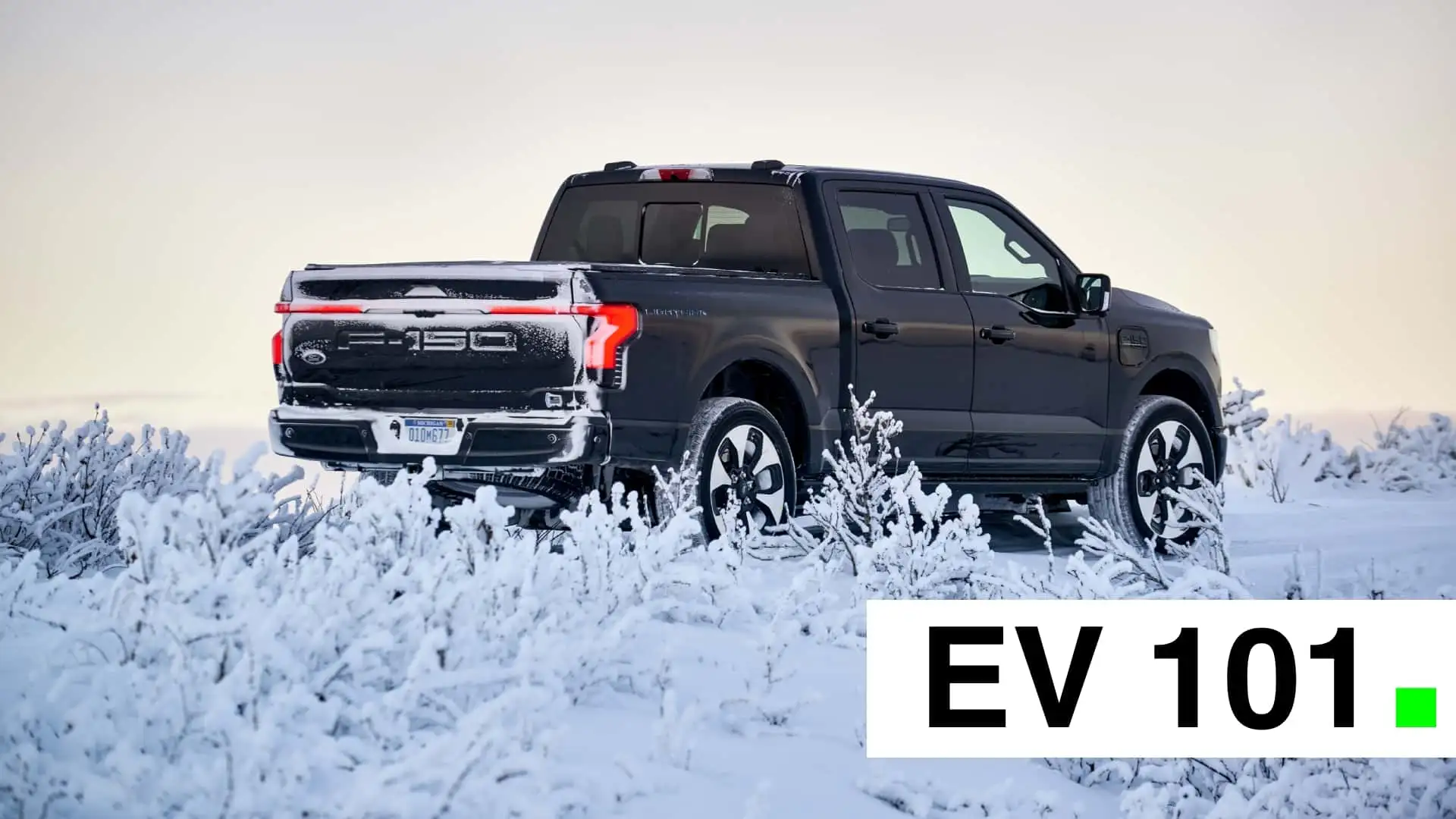Surviving Winter: Essential Tips for Electric Cars to Overcome Cold Weather Challenges

As winter approaches, electric vehicle (EV) owners are often left wondering how the cold weather will impact their beloved cars. Unlike their internal combustion engine counterparts, electric vehicles have unique characteristics that can greatly influence their performance in freezing conditions. From range loss to the efficiency of charging, understanding how winter affects your EV can make a significant difference in your driving experience. This article explores various challenges and offers practical tips to help you navigate the winter months.
Understanding the Impact of Cold Weather on EV Range
When temperatures dip, the range of electric vehicles tends to take a substantial hit. The lithium-ion batteries powering most EVs are designed to operate optimally between 68°F (20°C) and 113°F (45°C). Below this threshold, the battery begins to consume energy simply to maintain its optimal temperature. In extreme cases, drivers could experience range reductions of up to 30% or more. During the cold months, it's crucial to plan trips more carefully, keeping in mind the impact on range.
Battery Management: Keeping Your EV Warm
Most modern electric vehicles come equipped with sophisticated thermal management systems designed to regulate battery temperatures. Using these systems efficiently can make a noticeable impact on how your EV performs in colder weather. Ensure your vehicle has been preconditioned before hitting the road; by warming up the battery while still plugged in, you’ll maximize range.
Research from Recurrent Auto indicates that EVs generally retain about 70.3% of their range in freezing temperatures, showcasing that some vehicles outperform others. The Audi e-tron leads the pack with minimal range loss of just 16%, while the Volkswagen ID.4 suffers from a range hit of 46%. Stay informed about your vehicle's specific performance metrics and plan accordingly.
Charging Challenges: A Slow Down in Speed
One notable drawback during cold spells is the impact on charging speeds. Battery efficiency can drop significantly, causing prolonged charging times. Utilizing features such as 'preconditioning' can prepare the battery for charging by warming it up ahead of time. This functionality can often be set via your EV’s navigation system, making it more convenient to ensure efficient charging when you arrive at your destination.
Cold temperatures can stretch charging durations by up to three times, as reported by Idaho National Laboratory. This is especially important for EV owners in northern climates where freezing temperatures are the norm. Plan your stops wisely to avoid unexpected delays during charging.
Regenerative Braking and Its Effects
Regenerative braking is a fantastic feature in electric vehicles, allowing them to recapture energy. However, when the battery is cold, the system may limit the regenerative braking to protect the battery, thus reducing the efficiency of this feature during frosty conditions. In colder weather, you might notice diminished levels of regenerative braking, impacting your driving experience significantly.
Managing Cabin Heating: Efficiency Tips
Interestingly, the way electric vehicles heat their interiors can diverge from traditional vehicles. Electric cars tend not to generate as much excess heat during driving as gas engines do. Therefore, using heater systems—especially resistance heaters designed to warm the cabin—can further drain the battery and reduce range. Utilizing heated seats and steering wheels can provide comfort without the excessive energy drain of the full cabin heating system.
Innovative solutions are being introduced, such as BMW’s Radiant Heating package, which utilizes infrared technology to warm specific areas without relying solely on the vehicle’s heating system. This can help maintain battery temperatures and improve efficiency.
Tire Considerations for Winter Driving
Don't overlook tire selection and maintenance during the cold months. Winter tires are essential for optimal grip but can increase rolling resistance, potentially cutting into your EV's range. Regular checks on tire pressure are essential since cold weather can cause it to drop. Underinflated tires further decrease efficiency and performance.
Consider using EV-specific winter tires designed to balance rolling resistance and grip—this can enhance traction while preserving range. By investing in the right tires and monitoring pressure levels, you can improve your winter driving performance.
Final Thoughts
Transitioning to an electric vehicle doesn’t mean the end of driving comfort during the winter months, but it does call for some adjustments. From charging strategies and heat management to tire performance and battery care, mastering these elements will ensure you can navigate through cold temperatures without losing your cool. By staying informed and prepared, you can enjoy the unique advantages of electric vehicle ownership even in the harshest winter weather.
If you have further questions or need more insights into winter driving with EVs, feel free to drop your queries in the comments!